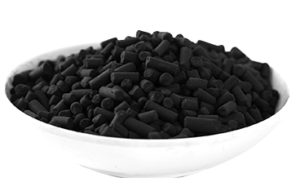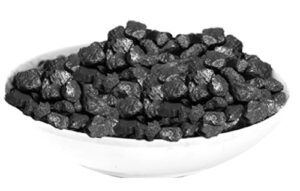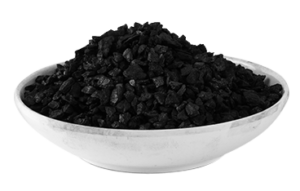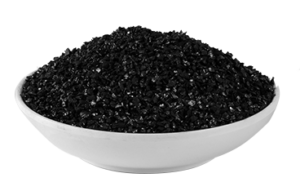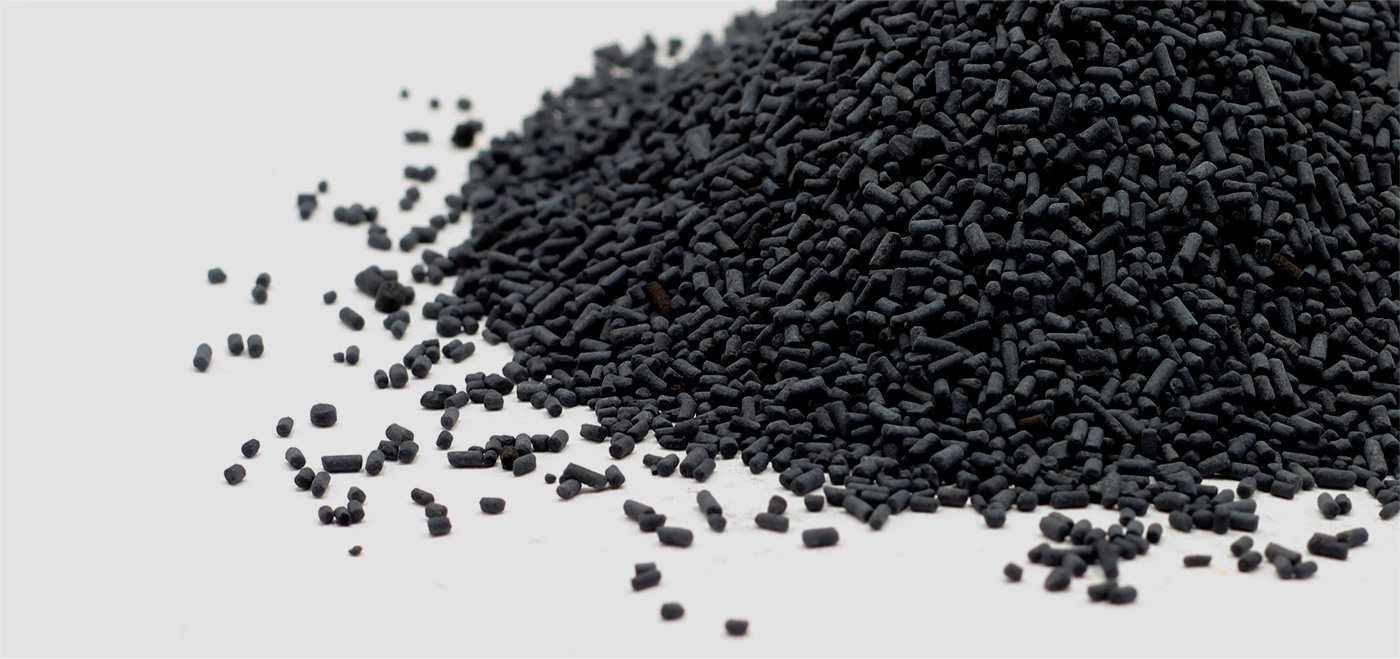Activated carbon, which is a powerful and reliable adsorbent, is ideal to use in diverse states of applications. It is used in potable water, wastewater, as well as in leachate treatments to polish the color, get rid of the smell and in some weighty metals. It is inexpensive and abundantly available and it can be created from agricultural waste materials, such as rice husk, coconut shell, and palm oil shell. The fine, porous structure as well as an extremely large particle surface area of activated carbon results in making it possess commanding adsorptive characteristics. Thus, the adsorption process using activated carbon is found to be a potentially feasible method of removing contaminants from aqueous solutions.
The powerful, as well as the economical feature of activated carbon, makes it useful in many other applications, including:
- Storage of hydrogen and methane
- Air decontamination
- Solvent revival
- Decaffeination
- Metal extraction
- Gold purification,
- Water cleansing
- Medicine
- Air filters in gas masks and respirators
- Sewage treatment
- Filters in compressed air
- Manufacture of hydrogen chloride in dark
- Teeth whitening
Industrial applications
Activated carbon is used in industrial applications, as well. The major one involves the use in metal finishing for decontamination of electroplating solutions. Various organic chemicals are incorporated into plating solutions to improve their set down qualities as well as to enhance properties, such as smoothness, brightness, ductility, etc. Activated carbon treatment eliminates impurities and reinstates plating performance to the preferred level.
Medical applications
Activated carbon plays a vital role in medical applications. In the medical industry, it is used to treat overdoses and poisonings following oral ingestion. It is used in the capsule or tablet form as an over-the-counter medicine to treat indigestion, diarrhea, and flatulence effectively. Activated carbon is on the List of Essential Medicines of the World Health Organization, as it is considered one of the safest as well as the most effective medicines required in a health system.
Environmental uses
Carbon adsorption has many applications in eliminating contaminants from water streams or air as well as in manufacturing processes such as:
- Groundwater remediation
- Spill cleaning
- Air purification
- Potable water filtration
Activated carbon is capable of capturing volatile organic substances from paintings, gasoline supply operations, dry cleaning, as well as in other environmental processes. Furthermore, the use of activated carbon makes it possible to recover volatile untreated compounds from flexible packaging, adapting, coating, and other processes.
When Safe Drinking Water Act was implemented in 1974 in the United States, the country’s Environmental Protection Agency officials developed a statute. According to the rule, all drinking water treatment systems are supposed to use granular activated carbon. Due to its soaring price, the supposed GAC regulation encountered strong conflict across the country from the water supply industry. Therefore, the Environmental Protection Agency set the rule aside. Thus, filtration through activated carbon continued to be the most effective water treatment technique because of its multi-useful nature. There are precise kinds of activated carbon filtration techniques and tools, which are indicated, according to the contaminants concerned. Activated carbon is used to measure radon concentration in air, as well.



